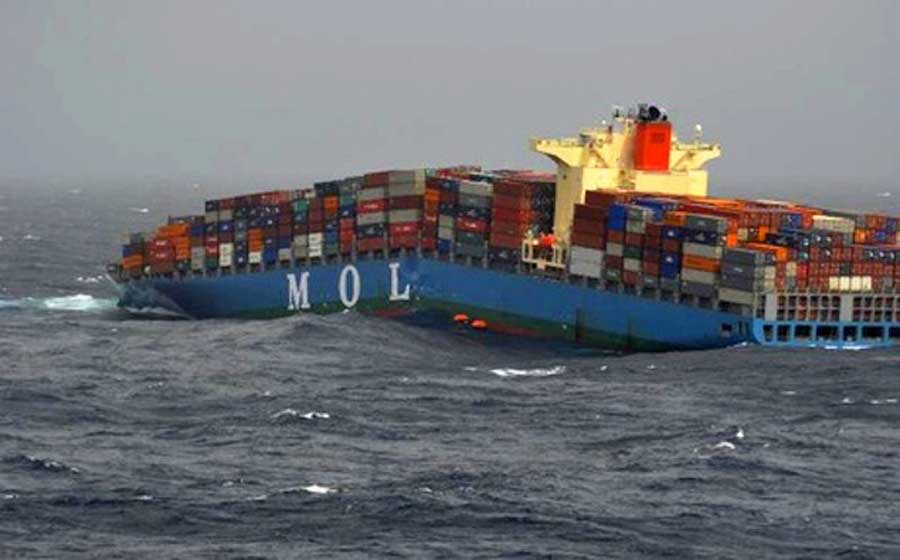Cavitation of a ship's propeller is phenomena that can greatly reduce a ship propelling efficiency whilst at the same time lead to rapid degradation of the propellor.To learn further about cavitation, we need to get familiar or refresh our knowledge regarding Liquid vapour phases.Solid (ice) Liquid (water) Vapour (steam)The phases of liquid and vapour are influenced by temperature and pressure. Water is normally observed to change its state to the form of vapour when its temperature is raised to above 100 deg C at atmospheric pressure. Water can also vaporise when the … [Read more...]
Shipboard Plate and Construction Terms
‘A’ Frame – A support structure to provide rigidity to the shaft of a twin-propeller construction. It is shaped like a turned-over ‘A’, hence its name, where the propeller shaft is supported at the apex of the structure.Aft Peak Tank – A water tank set right aft of the vessel. It will either be a designated freshwater tank or a ballast water tank used for adjusting the ship’s trim.Beam Knees – Triangular steel plates secured between beams or half-beams and the side frames. They tend to compensate for racking stresses and localised stresses from heavyweights.Beams – These are usually in … [Read more...]
Stresses in Ships
A ship at sea is subjected to a number of forces causing the structure to distort. Initially, these may be divided into two categories, as follows:Static forces - Ship floating at rest in still water.Two major forces acting:the weight of the ship acting vertically down buoyancy acting upDynamic forces - due to the motion of the ship and the sea the structural stresses, caused by the above forces, to which the ship structure is subjected may be categorized as:Longitudinal stresses (hogging and sagging) Transverse stresses (racking and the effects of water … [Read more...]


